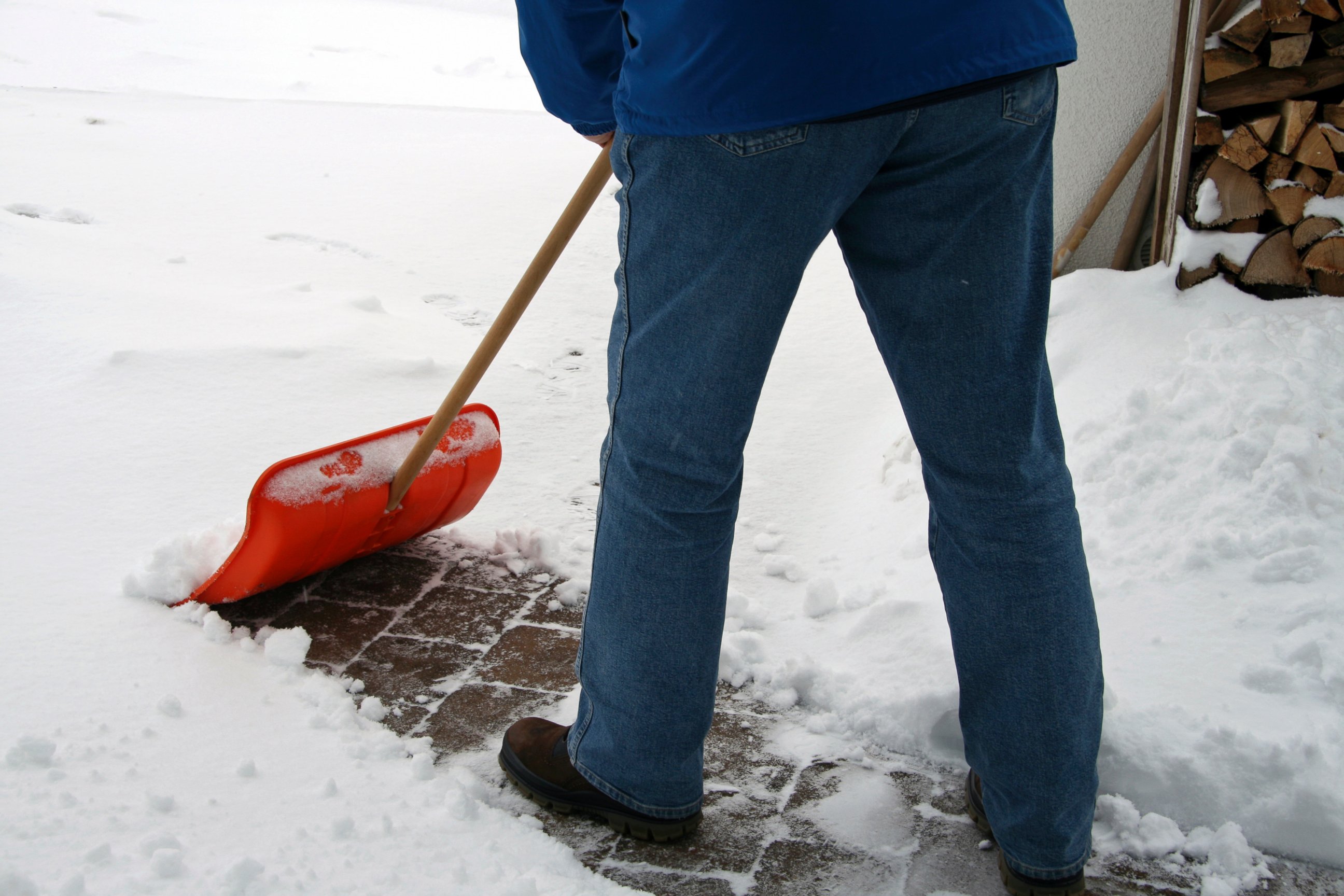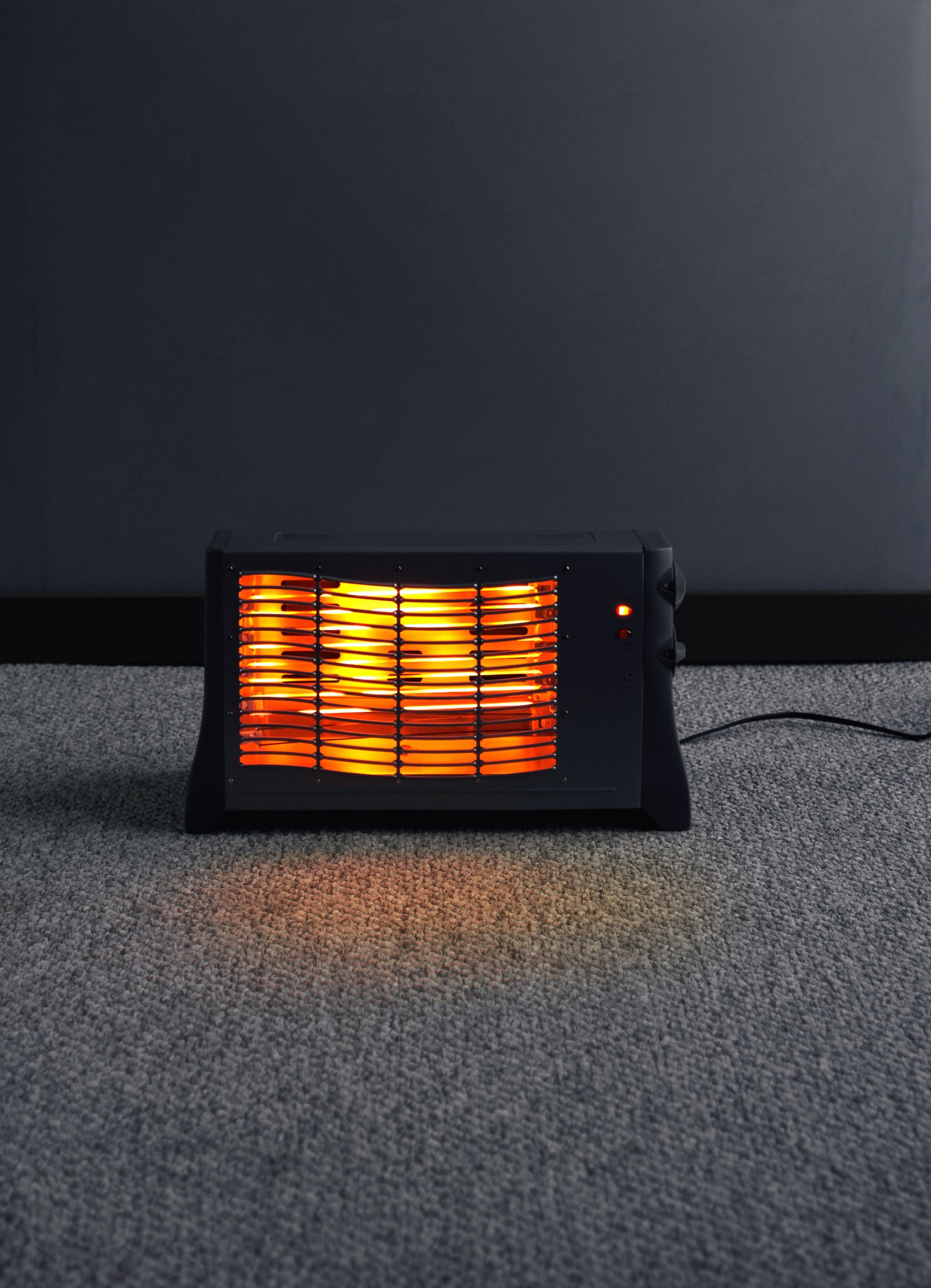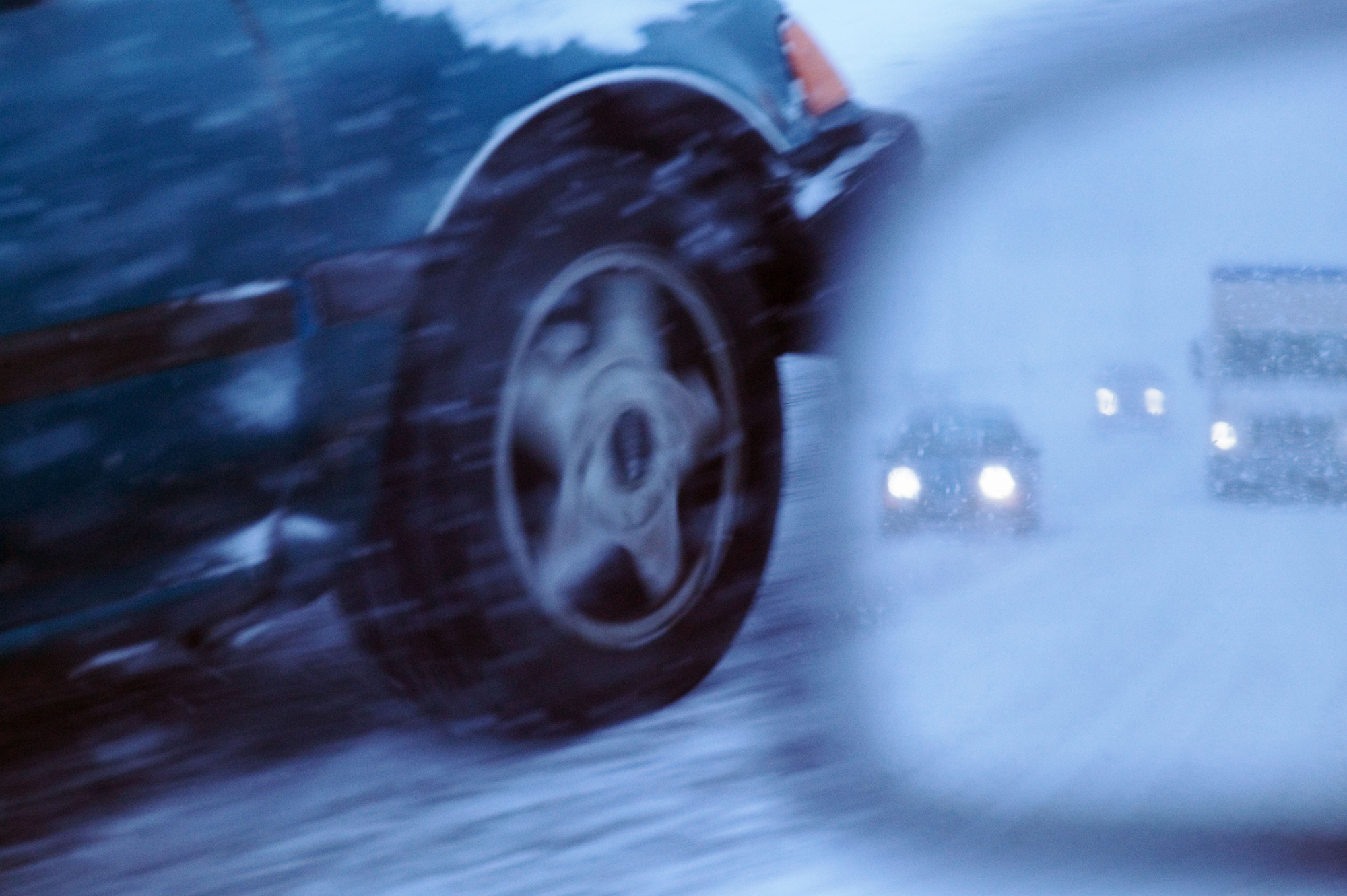How to Avoid the Emergency Room During The Blizzard of 2015
Avoid heart attacks, carbon monoxide poisoning and other snow health hazards.
— -- As the blizzard of 2015 gets ready to wallop the Northeast, the last place you want to spend the storm is in the emergency room.
Here's what lands many people in the ER during snowstorms and how to avoid becoming one of them.
Heart Attacks
Cold weather alone puts people at greater risk of having a heart attack because it constricts the blood vessels, said Dr. Lawrence Phillips, a cardiologist at NYU Langone Medical Center in New York City. Add in the demanding physical activity of shoveling, and that risk is even higher, he said.
"Every year at NYU Langone, I see several patients over the course of the winter who have brought out heart disease symptoms," Phillips said. "It's real. It's not something we speak about in a hypothetical way, and it can be very dangerous."
Many people who shovel snow don't exercise regularly and try to shovel more snow than they can handle without warming up first, he said. He suggested shoveling slowly and taking frequent breaks. If you have any chest pain or breathing changes, stop.

Carbon Monoxide Poisoning
As the temperature starts to drop, people start to use devices they haven't used before to keep warm, such as space heaters and other fuel-burning devices, said Dr. Corey Slovis, who chairs emergency medicine at the Vanderbilt University Medical Center in Nashville, Tennessee. But those devices don't always work properly, and incomplete combustion can mean potentially fatal carbon monoxide poisoning, which happens when carbon monoxide prevents the body from absorbing oxygen.
"Anyone is at risk of this colorless, odorless, tasteless gas," Slovis said. "You need to have a carbon monoxide detector on every level of the house."
Turning on ovens to keep warm or sitting in cars without properly maintained exhaust pipes can lead to carbon monoxide poisoning, said Dr. Aaron Lareau, who practices emergency medicine at UH Case Medical Center in Cleveland, Ohio. Sometimes, it's best to just get to a warm shelter.

Hypothermia
Hypothermia, when the body loses heat faster than it can produce it, is a "subtle" killer, Slovis said.
"Rather than getting more anxious, you get less anxious, and sleepy," he said, explaining that people stop shivering when hypothermia sets in. "Your body begins to slow down, your mind begins to slow down, and you stop feeling cold."
He said if you're having trouble thinking or moving normally, you need to get somewhere warm and go to the hospital, Slovis said.
Frostbite
Like hypothermia, frostbite becomes serious when it stops bothering you, Slovis said. It starts off feeling like a burn and eventually stops feeling painful or cold, he said.
Frostbite usually happens to a person's extremities, which can turn white or grey as the nerve damage sets in, Slovis said.
If this happens, put the affected body part in warm -- not hot -- water, and don't rub it. If you suspect frostbite, go to the emergency room, he said.
Slips, Falls and Car Accidents
Lareau said people often arrive at the emergency room because they've gotten into a car accident in the snow or have slipped and fallen on ice in their driveways.
"I think people still try and go about their daily rout as much as possible," he said. "I think that the biggest thing is to use common sense, stay indoors and be prepared If you do have to go out."
He suggested wearing extra layers, bringing a cell phone and packing a blanket in the car.
"If you don’t have to go out, just stay inside," he said.





